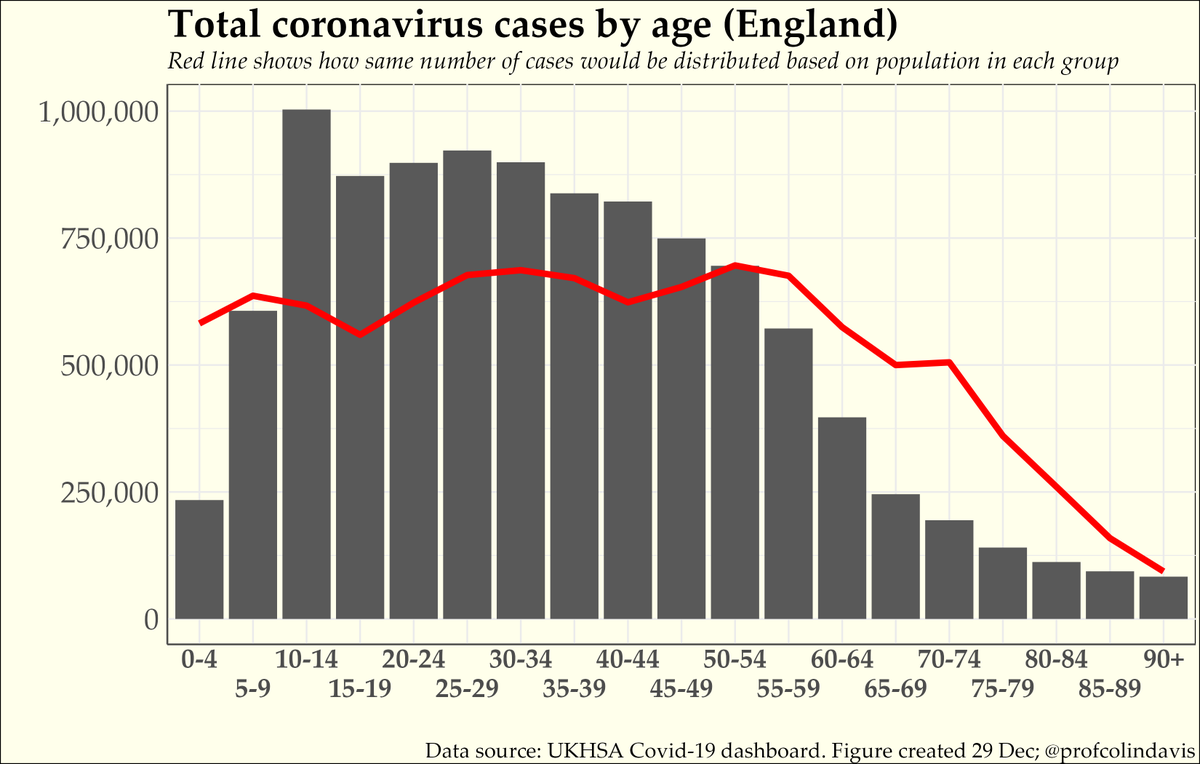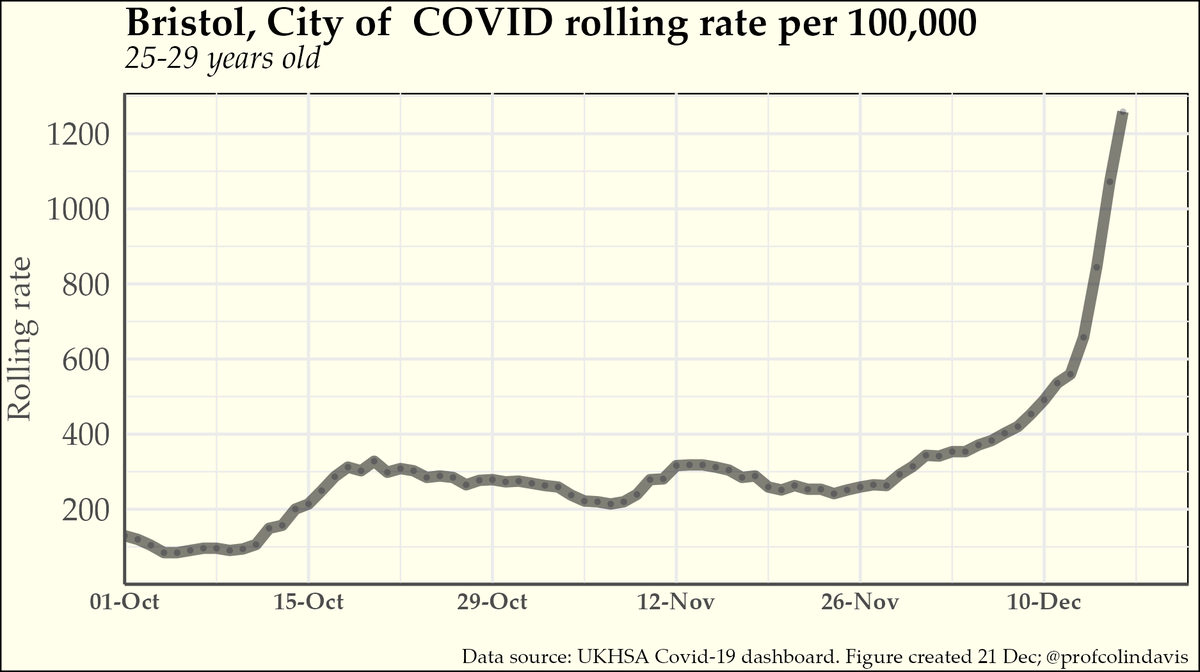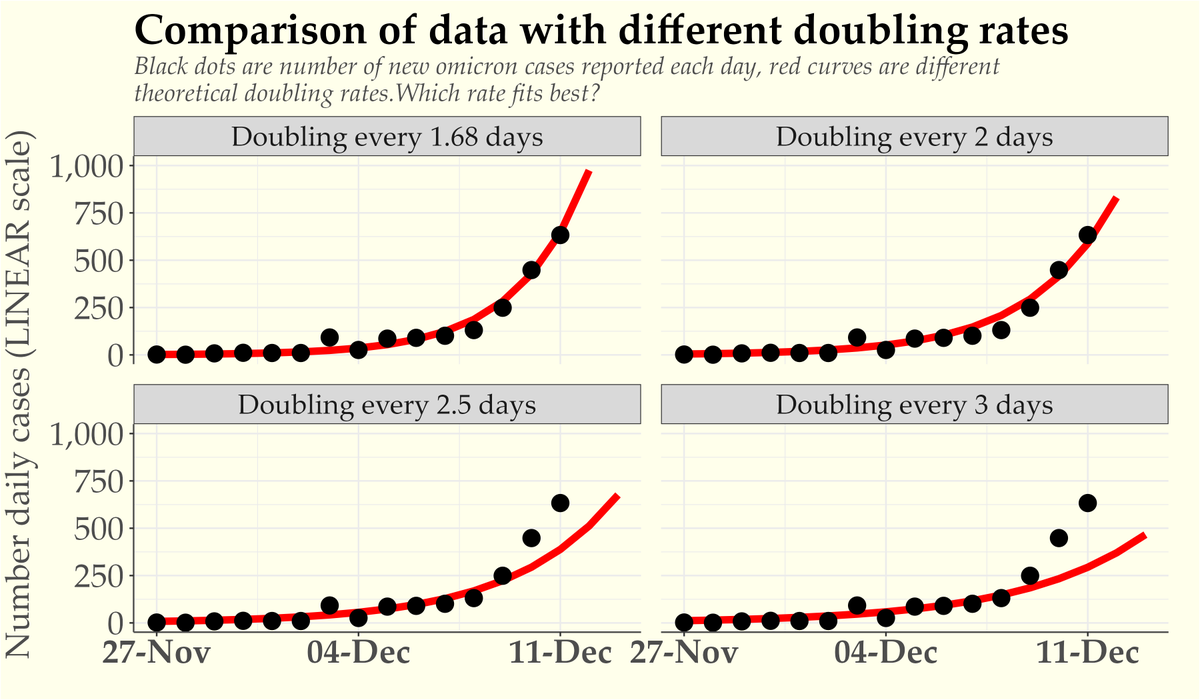
About a year ago Bristol began its first Citizens' Assembly, held over four weekends.
They came up with 17 (near unanimous) recommendations on how to create a better future for all in Bristol.
democracy.bristol.gov.uk/documents/s615…
Have any of these recommendations been implemented yet?
They came up with 17 (near unanimous) recommendations on how to create a better future for all in Bristol.
democracy.bristol.gov.uk/documents/s615…
Have any of these recommendations been implemented yet?
@PaulaBORourke @CllrAsherCraig @MarvinJRees @carla_denyer @RobBryher @makawi5 @GuyPoultney @TristanCorkPost @TheBristolCable @XRBristol @BristolActivist
Thanks to @TRESAcic for pointing me to this document (dated 18 January 2022!) democracy.bristol.gov.uk/documents/s686…
Of 82 actions recommended by the Assembly, it lists 14 Actions that have been agreed in principle (subject to Cabinet/budget approval), 20 Actions being taken forward "in part", and 21 Actions agreed in principle but "delivered by proxy or alternative activity".
Many of the 14 actions agreed seem a bit vague (not so-called SMART actions).
For example, "Engage directly and specifically with the transport issues faced by children and young adults in education, many of whom are feeling forgotten about ..."
How to tell if this is done?
For example, "Engage directly and specifically with the transport issues faced by children and young adults in education, many of whom are feeling forgotten about ..."
How to tell if this is done?
The actions that are being taken forward in part show a lack of ambition. For example, the Assembly recommended that Bristol should "Demonstrate the benefits of liveable neighbourhoods by implementing five pilot schemes in the most deprived neighbourhoods in place by end of 2021"
Council plans to respond as follows:
"Outcome: The council has begun delivery of a pilot Liveable Neighbourhood in East Bristol with plans
for a second pilot area to be delivered by 2024."
Two pilots by 2024? Aren't these LTNs supposed to be a response to the #ClimateEmergency?
"Outcome: The council has begun delivery of a pilot Liveable Neighbourhood in East Bristol with plans
for a second pilot area to be delivered by 2024."
Two pilots by 2024? Aren't these LTNs supposed to be a response to the #ClimateEmergency?
• • •
Missing some Tweet in this thread? You can try to
force a refresh










